Zoysia Grass Plugs: Directions For Planting Zoysia Plugs
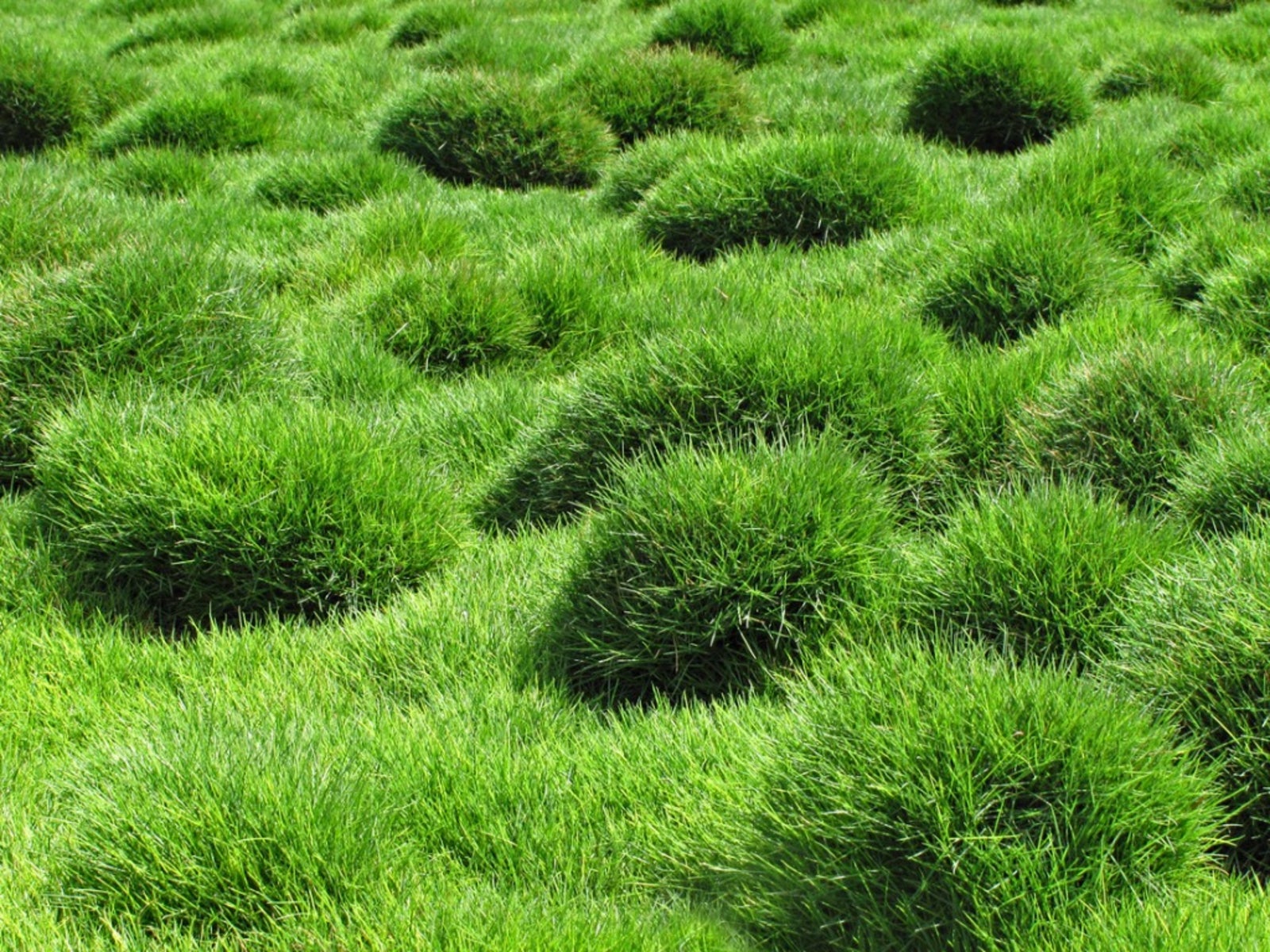

Zoysia grass has become a popular lawn grass in the past few decades, mostly due to its ability to spread through a yard simply by planting plugs, as opposed to reseeding the yard, which is what is done with other traditional lawn grasses. If you have purchased zoysia grass plugs, you are probably wondering how and when to plant zoysia plugs. Keep reading for instructions on planting zoysia plugs.
Planting Zoysia Plugs
- Prepare the ground where you will be planting zoysia plugs. De-thatch the area and water it thoroughly to soften the soil.
- Dig the hole for the plug slightly larger than the plug itself.
- Add some weak fertilizer or compost to the bottom of the hole and place the plug in the hole.
- Backfill the soil around the plug. Press down on the plug to make sure you have good contact with the soil.
- How far apart you plant the zoysia grass plugs will be determined by how quickly you want the zoysia grass to take over the lawn. At a minimum, space them 12 inches (31 cm.) apart, but you can space them wider if you are okay with waiting longer.
- Keep planting zoysia plugs across the yard. The zoysia grass plugs should planted in a checkerboard pattern as you continue on.
- After all the zoysia grass plugs are planted, water the grass thoroughly.
After planting zoysia plugs, keep watering them daily for a week or two until they are established.
When to Plant Zoysia Plugs
The best time when to plant zoysia plugs is in the late spring after all threat of frost has passed until midsummer. Planting zoysia plugs after midsummer will not give the plugs enough time to establish themselves well enough to survive the winter.
Gardening tips, videos, info and more delivered right to your inbox!
Sign up for the Gardening Know How newsletter today and receive a free copy of our e-book "How to Grow Delicious Tomatoes".

Heather Rhoades founded Gardening Know How in 2007. She holds degrees from Cleveland State University and Northern Kentucky University. She is an avid gardener with a passion for community, and is a recipient of the Master Gardeners of Ohio Lifetime Achievement Award.
-
 Moody Blooms For Spring: 8 Types Of Black Flowers To Add Drama To Spring Displays
Moody Blooms For Spring: 8 Types Of Black Flowers To Add Drama To Spring DisplaysFrom midnight burgundies to inky violets, several types of black flowers can enrich and embolden a spring display. Try these brooding bloomers for a moody garden
By Tonya Barnett
-
 Can Snake Plants Live Outside? Everything You Need To Know For Snake Plants Al Fresco
Can Snake Plants Live Outside? Everything You Need To Know For Snake Plants Al FrescoSnake plants can live outside given the right conditions, but be careful that they don't take over! Learn the best way to use snake plants in your landscape.
By Mary Ellen Ellis
-
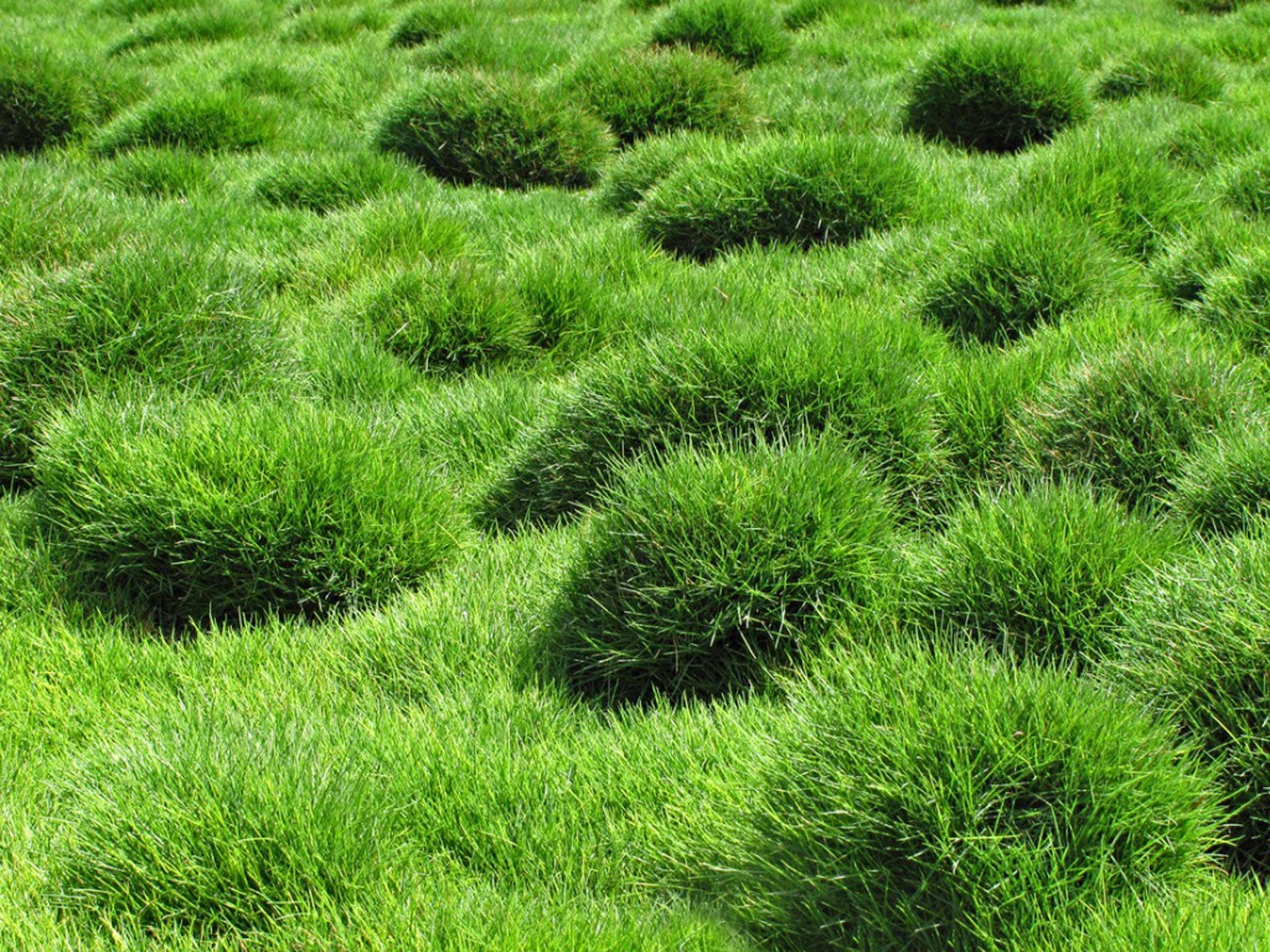 Thatch In Zoysia Grass – Should I Dethatch Zoysia Lawns
Thatch In Zoysia Grass – Should I Dethatch Zoysia LawnsZoysia thatch removal should happen when the thatch is visible. For more information on how to dethatch a Zoysia lawn, click this article.
By Bonnie L. Grant
-
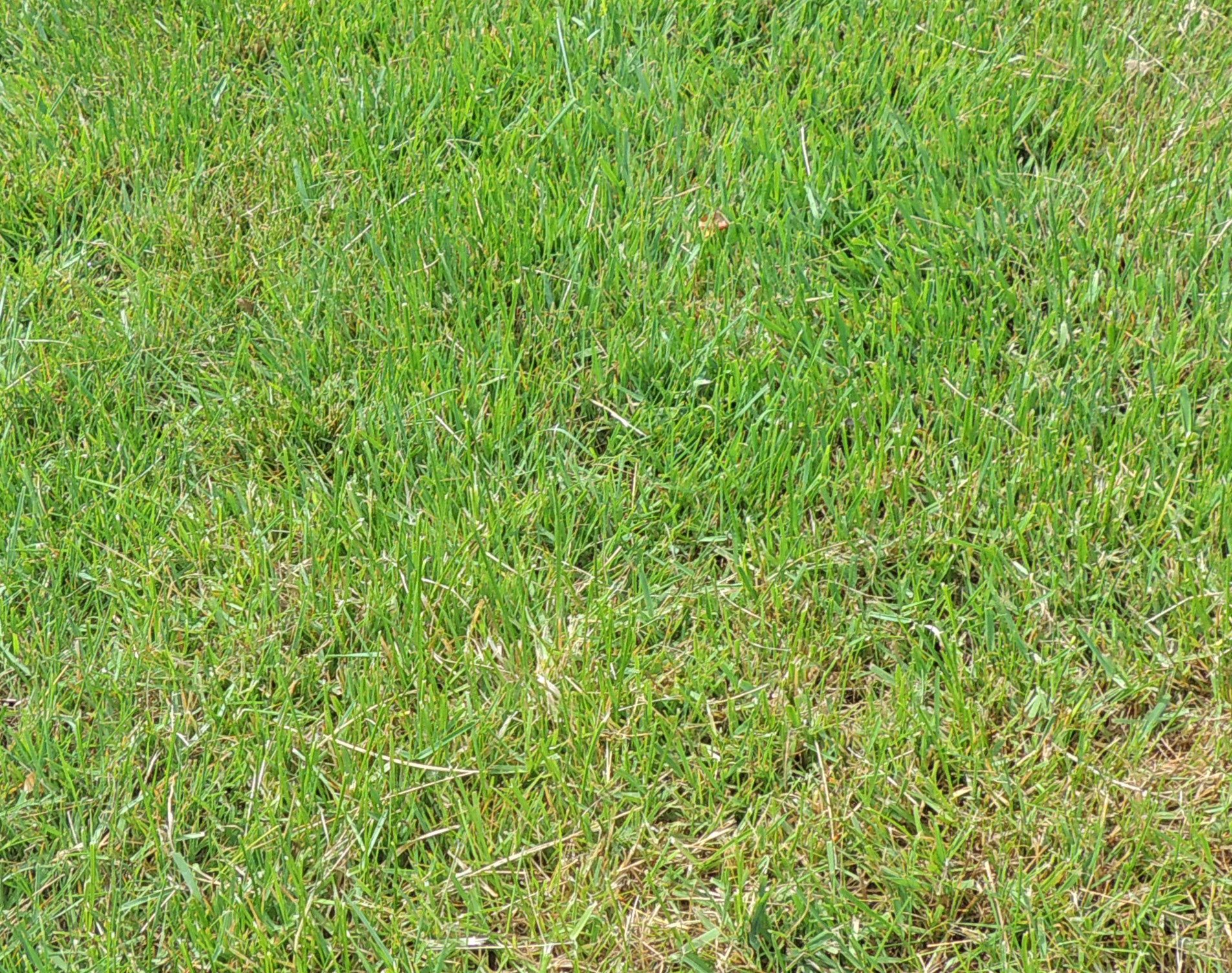 Removing Zoysia Grass: How To Contain Zoysia Grass
Removing Zoysia Grass: How To Contain Zoysia GrassWhile zoysia grass is drought tolerant, holds up well to foot traffic, and provides thick coverage to lawn areas, these same qualities can also pose problems to homeowners. Read here to keep it under control.
By Nikki Tilley
-
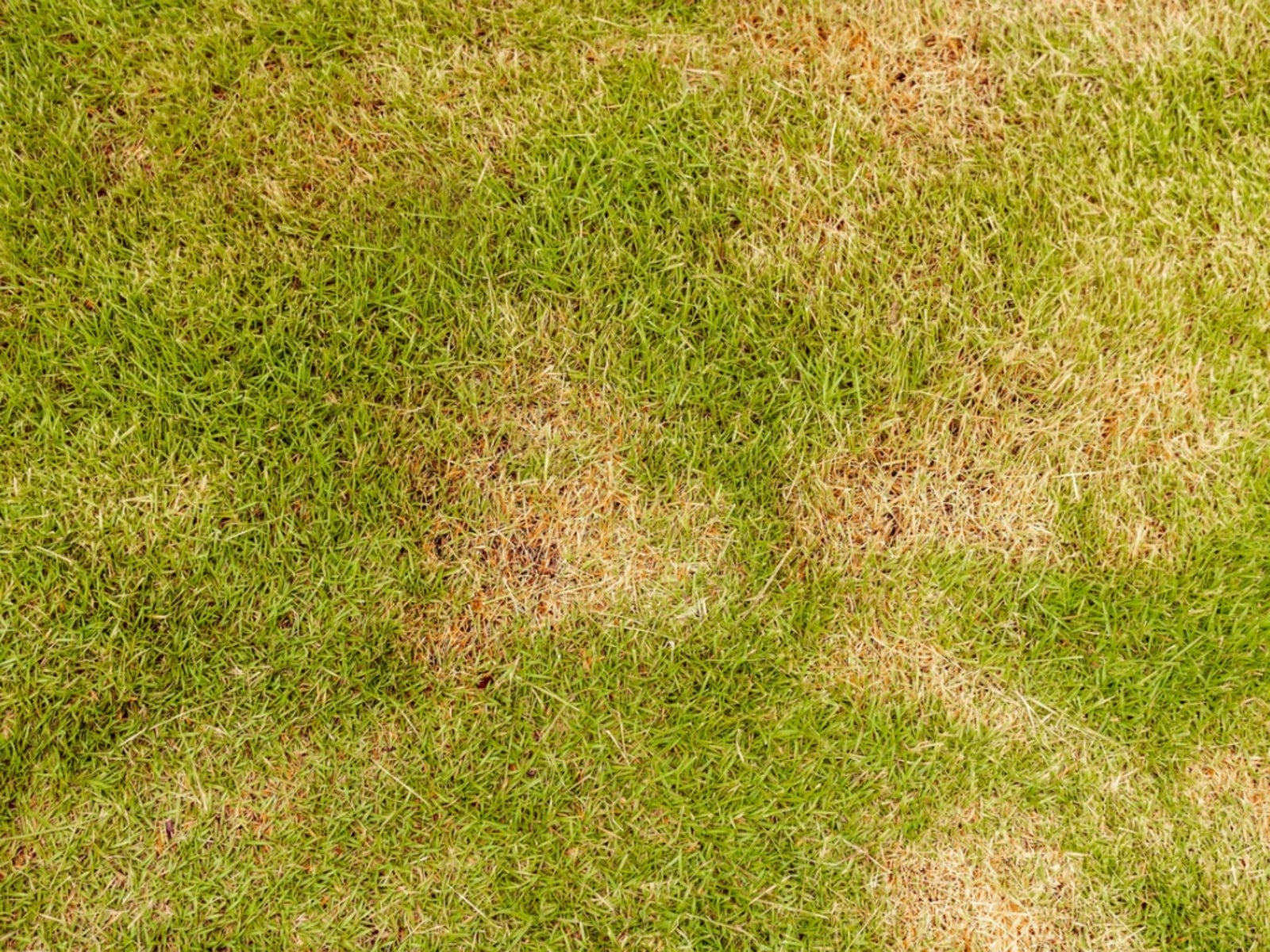 Zoysia Diseases - Tips For Dealing With Zoysia Grass Problems
Zoysia Diseases - Tips For Dealing With Zoysia Grass ProblemsZoysia is an easy-care, warm-season grass that is highly versatile and drought tolerant, making it popular for many lawns. However, zoysia grass problems do pop up on occasion. Learn about them here.
By Nikki Tilley
-
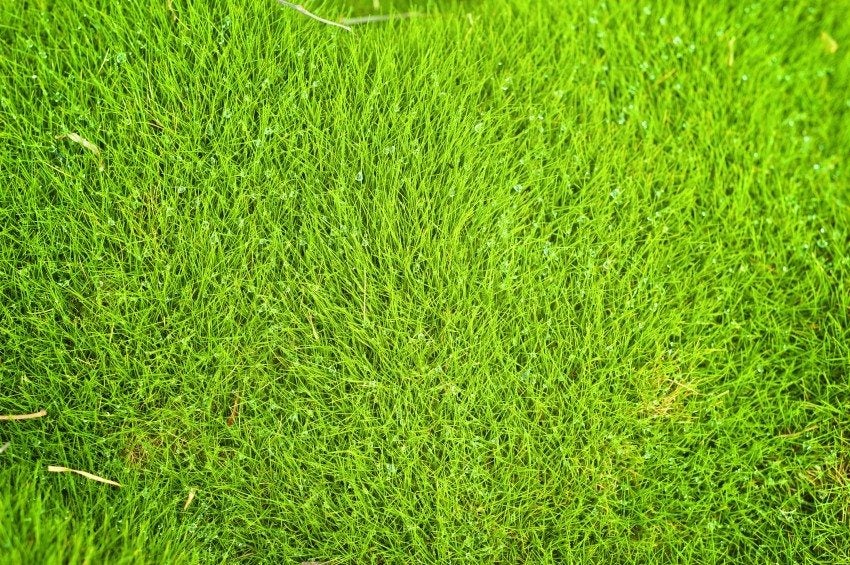 Facts About Zoysia Grass: Zoysia Grass Problems
Facts About Zoysia Grass: Zoysia Grass ProblemsA zoysia grass lawn is frequently touted as the cure-all for the homeowner's lawn cares. But unless grown in the right climate, it will cause more headaches than not. Get more info in this article.
By Heather Rhoades
-
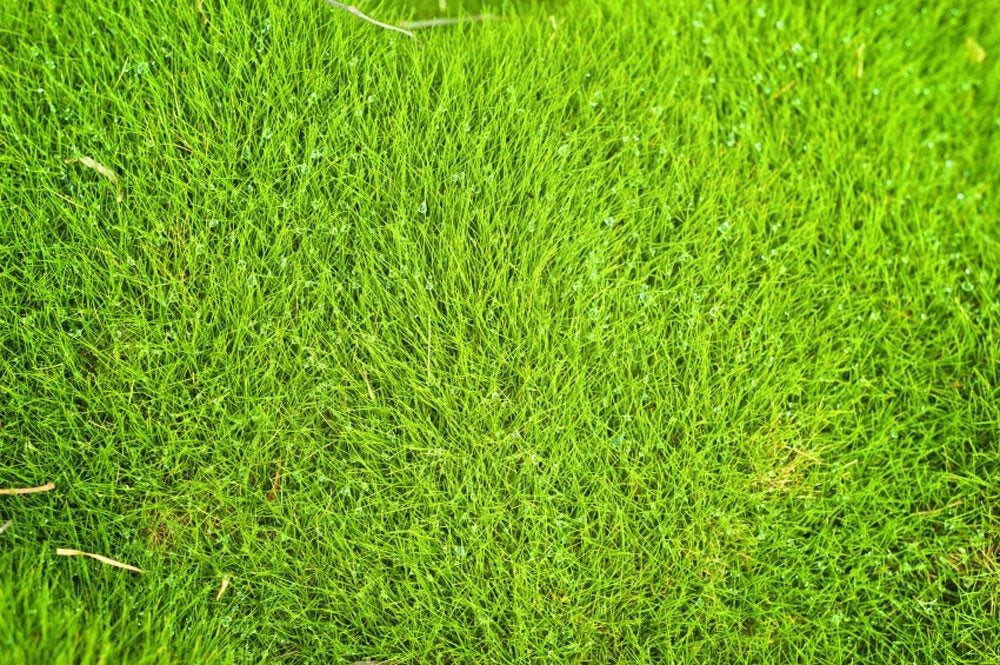 No Fuss Lawns With Zoysia Grass
No Fuss Lawns With Zoysia GrassAre you looking for a hardy, drought-resistant lawn that requires little or no maintenance? Then perhaps you would like to try growing Zoysia grass rather than traditional lawn grass. Read here for more info.
By Nikki Tilley